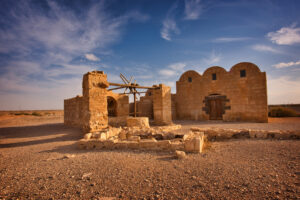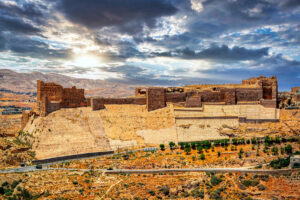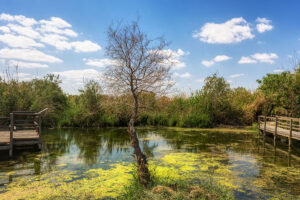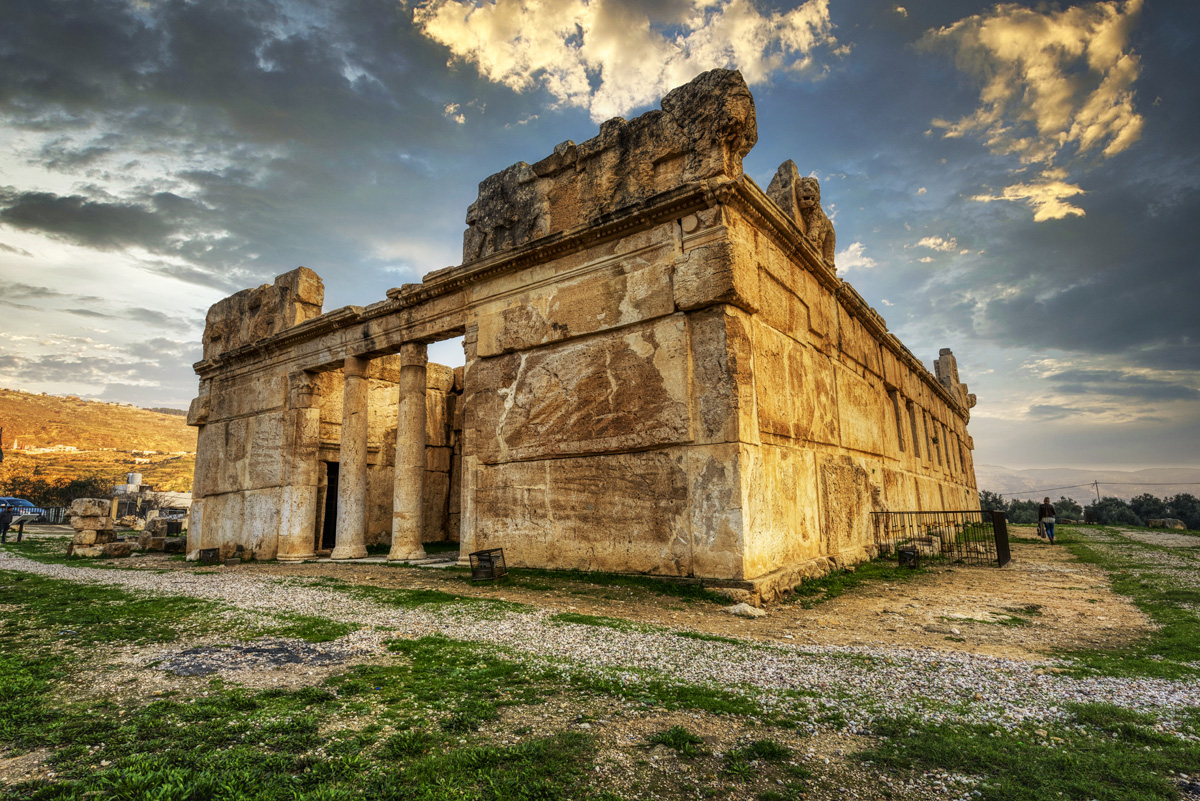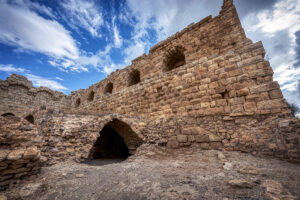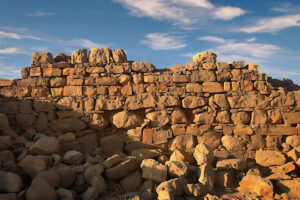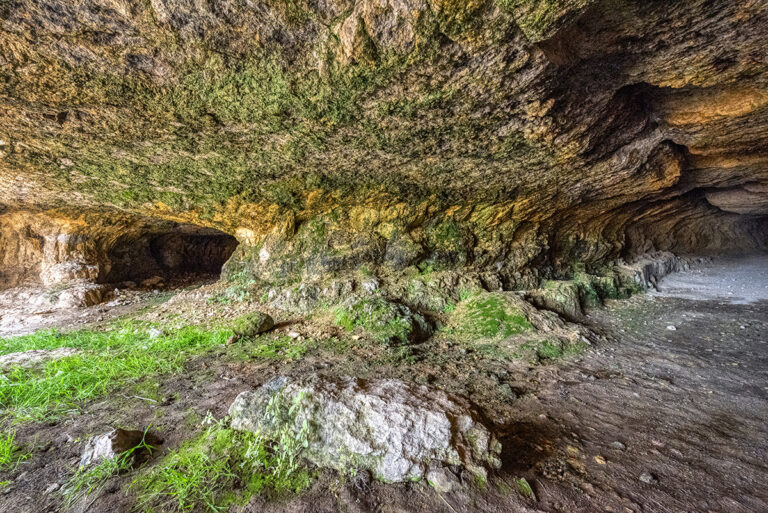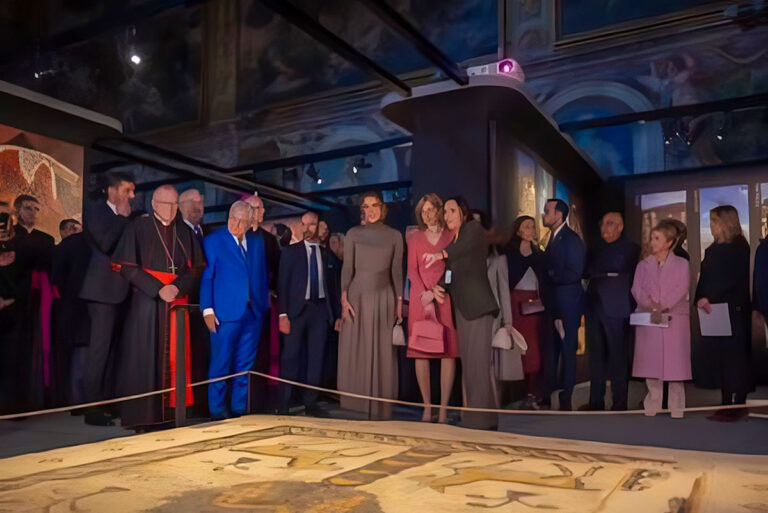Jordan is a country known well for its anciency. Almost everything worth seeing there is a lost relic from the past that still manages to stand tall and proud, and nowhere is this more apparent than in the Hellenistic palace of Qasr Al-Abd.
The Location
Iraq al-Amir is the name given to the town, as well as some nearby caverns, found in the gorgeous Jordan Valley. Given that it only has a population of about 6,000 people, you won’t find it too busy. Chances are that you’ll either come across the settlement as a stop along the Jordan Trail, or you may seek it out purposefully, looking to further explore the wonders of Jordan. And you won’t be disappointed.
Iraq al-Amir, both the town and the caverns, are counted among the most ancient places in Jordan. The area was first settled in around 20,000-10,000 BC, and you can certainly see this in the caves. The caves were used as dwellings throughout the Bronze Age, as well as through parts of the Iron Age. To tour through Iraq al-Amir is to tour through the area’s deepest past.
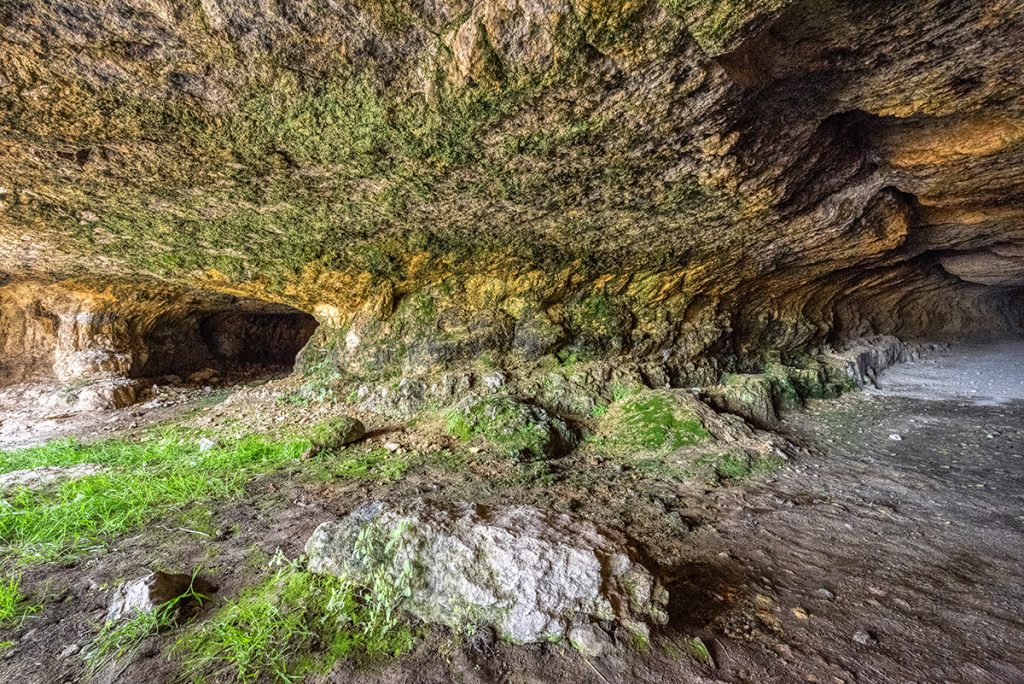
The human presence in Iraq al-Amir continued for many generations, having supposedly met its peak after the invasion of Alexander the Great in 332 BCE. This was the Hellenistic period, when the area was known by the Greek word ‘Tyros’, and when the now-ruinous palace of Qasr Al-Abd had been constructed by the Tobiad faction.
The Qasr Al-Abd Palace
Constructed sometime between 182 and 175 BC, the Qasr Al-Abd palace is one of Jordan’s most attractive tourist hotspots. Its name means ‘Castle of the Slave’, having been brought about by the efforts of the ancient Jewish faction called the Tobiads. They were a rather notable family for the time, and the breathtaking castle still stands as one of their great achievements.
The palace was originally left unfinished when its owner, Hyrcanus, had committed suicide in 175 BC. What remained unfinished would only be further tarnished, however, when the Galilee earthquake of 363 AD shook apart its foundations and brought the great palace to the ground.
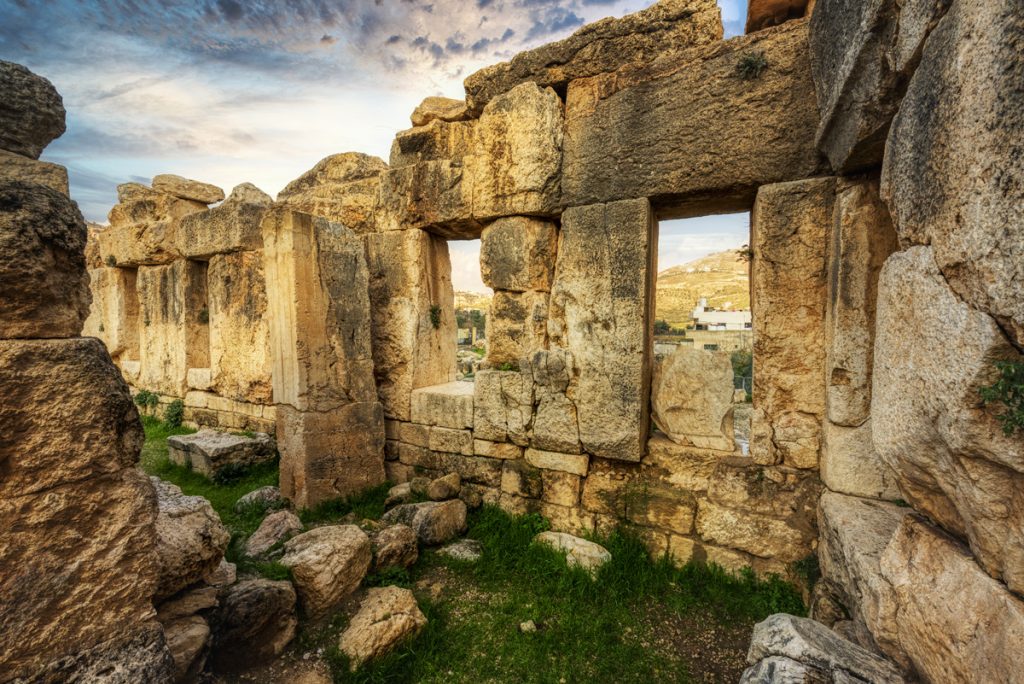
Much of the palace had been reconstructed over the past few decades, making it just ripe for visitation, offering a window to the past. With many of the supports and decorations of the structure having spent centuries under the sands, it’s a place that still drives many to awe and wonder.
It stands on an elevated platform above a field of shrubbery and rocks, where once it sat imposingly in the centre of an artificial lake. Many of the reliefs and decorations still reflect its accurate appearance from over 2,000 years past and remain its main draw for many tourists.
Jordan has no real end of sites and structures that go back to the years Before Christ in terms of history. Some even further still. But the Qasr Al-Abd is one of those places that shouldn’t be missed when planning a trip through Jordan. Of all the sites you’ll come across, few are bound to have anywhere as interesting a history as the Qasr Al-Abd.
